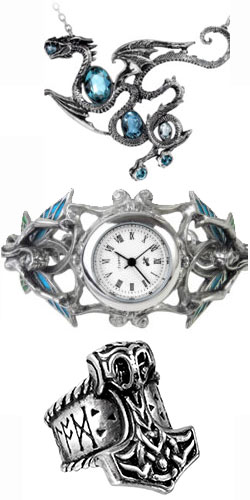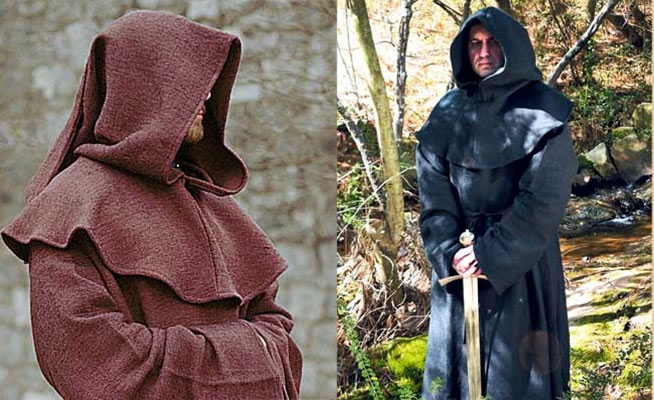How to Dress Renaissance
Why Wear Monk Robes? A History of Monkhood in Medieval Times
When you see how many renaissance fair-goers dress in relatively simple monk robes with no adornment whatsoever, you may wonder what was so special about monks. In fantasy movies and games, you often come across monks who play large roles, either as fighters or learned guides. But when you think about a real monk, the only image that comes to mind is one of someone who has totally given up material things and lives a celibate life in a monastery far from civilization. There doesn’t seem to be anything very glamorous about this existence and yet, monk robes are quite popular when it comes to Renaissance costumes. So what is it about monks that attracts the popular imagination?
The First Monk
In the year 270, a young Egyptian man named Anthony entered a church and started the tradition of monkhood. He gave away all his belongings and went to live a solitary life in the desert, growing anything he needed. He rarely returned to civilization and soon became respected for his choices. Rather than choosing martyrdom, many people saw Anthony’s asceticism as a good option to show their devotion to God, and they followed in his footsteps.
The First Monastery
However, living completely alone in a deserted area is not very conducive to mental well-being. So another monk named Pachomius started the tradition of monks living together and following a set of rules.
The Benedictine Monks
St. Benedict of Nursia was yet another monk who has come down in history as a great contributor to the tradition of monkhood. St. Benedict was disgusted by the extravagances he saw in the papal city of Rome and decided to take up an ascetic existence. He attracted followers and set up monasteries at Subiaco and Monte Cassino. He wrote a text called The Benedictine Rule where he laid down the rules that all monks were supposed to follow.
The Monks’ Achievements in Agriculture and Learning
It was around this time that monks started to be well known for their agricultural practices, lending a dignity to manual labor which they performed themselves in the fields. Monks were also well read and great scholars in their time. Each monastery had a writing room or scriptorium where monks copied and illuminated manuscripts.
So although the outward appearance of monks was simple, consisting of a hooded robe called a cowl, monks themselves were greatly respected during medieval times and for good reason, since they represented safety and security in a tumultuous time. Monks worked hard at what they did without any expectation of reward.
So the next time you put on that monk’s robe, you should know that you have centuries of tradition behind you. Monks were disciplined, learned and an inspiration to those around them in medieval times.


